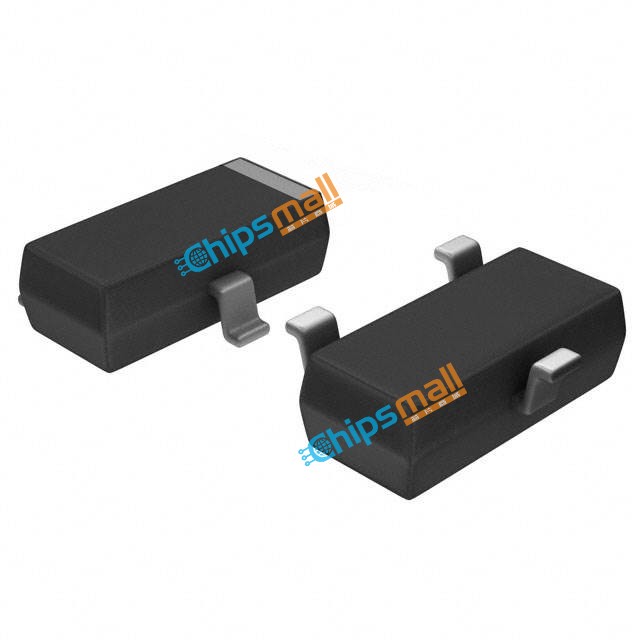

The voltage on terminal Z now controls the amount of current in terminals X and Y. The ratio of IX to IY which is always less than unity, is also a measure of the device gain and is most often represented by the Greek letter α (alpha).įor the voltage controlled device let's assume, as we did before, that the current flows into terminal X and out terminal Y. The ratio of IX to IZ is the gain of the device and the Greek letter β (beta) is used to represent this gain.

To make the device useful it would be desirable to have the control current IZ very small relative to the much larger controlled current IX. Conservation of charge tells us that the sum of the currents flowing into a box must equal the sum of the currents flowing out. In the case of a current controlled device, let's assume that the control current IZ, flows into terminal Z and back out terminal Y. The same can be said for the voltage seen at terminal Z with respect to terminal Y and voltage VZY is a positive number. Because current flows into terminal X, we generally assume the voltage seen at X is greater than terminal Y and voltage VXY is a positive number. To describe the function of this block we first need to define the terminal currents IX, IY and IZ, and the terminal voltages VXY and VZY as shown in the figure. The third terminal, Z, is the control terminal. Let's also assume that the controlled current flows into terminal X and back out terminal Y. It has three terminals we will call them X, Y and Z for the moment. It is sometimes incorrectly attributed to a contraction of transresistance.Ī simple and general form of such a device is shown in figure 8.1.1. The first type of transistor successfully demonstrated was a current-controlled device.Īs a side note: The origin of the term transistor is a contraction of “transconductance varistor”, as Devices working on the principle of one current controlling another current are known as current-controlled devices. Devices utilizing a voltage as the controlling signal are, not surprisingly, called voltage-controlled devices. One type of active device uses a voltage to control the current while another type of active devices uses another current to be the controlling signal. All active devices control the flow of current through them. For a circuit to be called electronic, it must contain at least one active device. The organic bipolar transistor and its potential open up completely new perspectives for organic electronics, since they also make demanding tasks in data processing and transmission possible." Conceivable future applications are, for example, intelligent patches equipped with sensors that process the sensor data locally and wirelessly communicate to the outside.An active device is any type of component with the ability to electrically control the flow of current (controlling one electric signal with another electric signal). Karl Leo adds that they "have been thinking about this device for 20 years and I am thrilled that we have now been able to demonstrate it with the novel highly ordered layers. However, the excellent parameters of the component reward these efforts." Michael Sawatzki, explains that "the first realization of the organic bipolar transistor was a great challenge, since we had to create layers of very high quality and new structures. Shu-Jen Wang, who co-led the project with Dr.

This new technology is many times faster than previous organic transistors, and for the first time the components have reached operating frequencies in the gigahertz range (i.e., more than a billion switching operations per second).ĭr. Crucial to this was the use of highly ordered thin organic layers. Hans Kleemann at the TU Dresden has now succeeded for the first time in demonstrating an organic, highly efficient bipolar transistor. Organic field effect transistors were introduced as early as 1986, but their performance still lags far behind silicon components.Ī research group led by Prof. For such applications, transistors made of organic material, or carbon-based semiconductors, have come into focus in recent years.


 0 kommentar(er)
0 kommentar(er)
